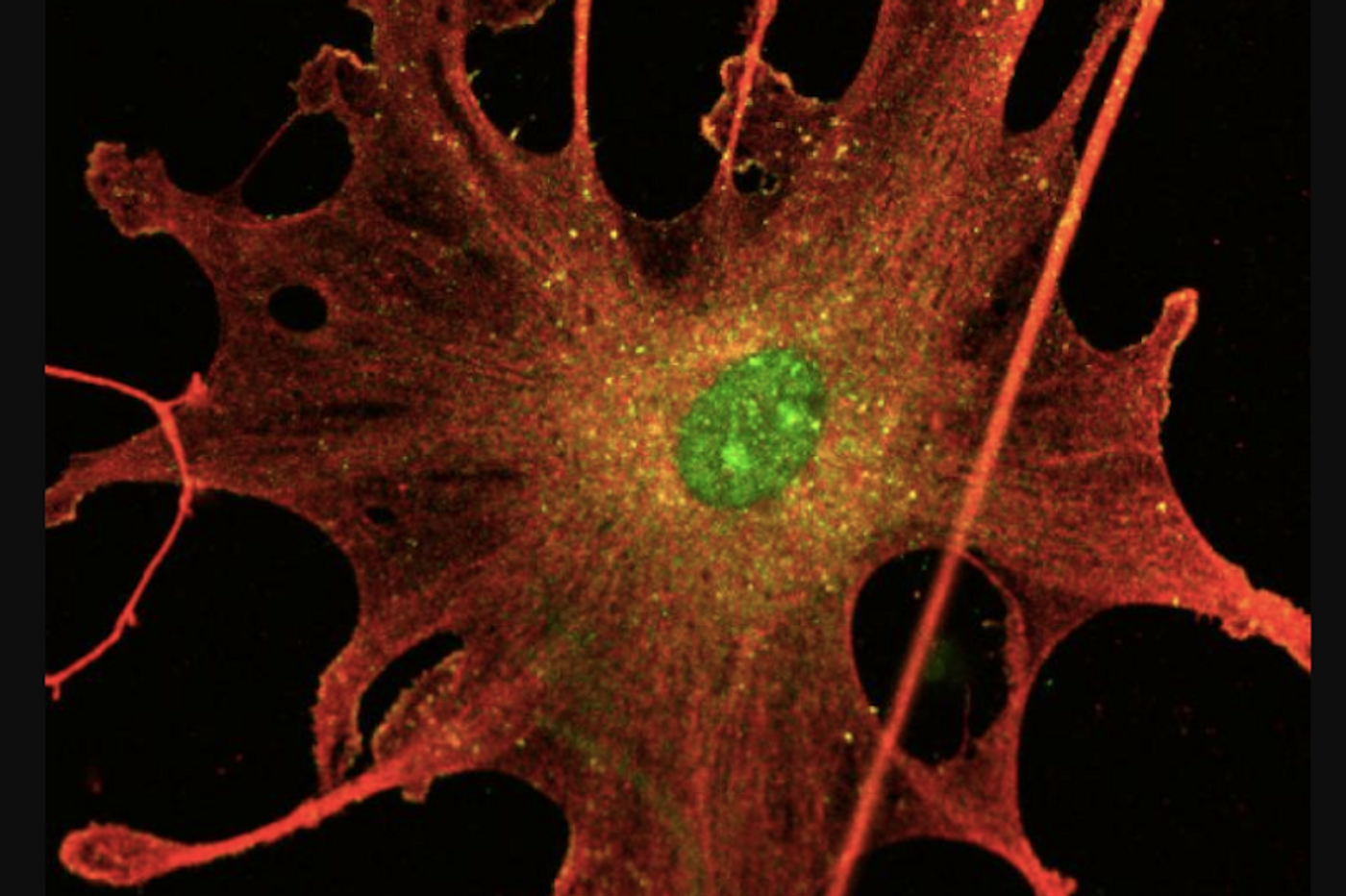Research on Neurological Tumor Development Reveals Drug Target
Scientists have learned more about the role of a molecule called prion protein (PrPC) in the development of some types of neurological tumors. This work could have a huge impact on the treatment of several cancerous diseases, like breast cancer, melanoma, glioblastoma, mesothelioma, and neurofibromatosis 2 (NF2), a hereditary genetic disorder carried by thousands of people.
NF2 causes tumor growth on the nervous system. These tumors - ependymomas, schwannomas, and meningiomas - have been associated with mutations in the tumor suppressor gene Merlin. The researchers discovered that a deficiency of Merlin is linked to the overproduction of PrPC in schwannoma compared with healthy Schwann cells. This work, by investigators at the University of Plymouth and Plymouth Hospitals NHS Trust, has been reported in Oncogene.
Normally, the PrPC protein is important during embryonic development and acts in neuroprotection in healthy adults. However, it is absent in patients with Creutzfeldt-Jakob prion disease that carry a deleterious variant of a prion protein - scrapie prion protein (PrPSc). There are elevated levels of PrPC in several cancers like breast, gastric and prostate cancer and glioblastoma.
The scientists have also identified a number of existing drugs that might be useful for reducing protein production. Because these drugs have been approved already for the treatment of Acute Myeloid Leukemia (AML), Creutzfeldt-Jakob disease, and multiple myeloma, it could be relatively straightforward to orchestrate clinical studies for repurposing them.
"By understanding the relationship between overproduction of PrPC and Merlin deficiency in the development of schwannoma and meningioma, we have made a significant stride forward in the search for a drug treatment for NF2. This is a life-changing condition usually striking the young. That our discovery could also lead to hope for thousands of patients affected by other Merlin-deficient tumors, adds yet more to the significance and excitement of our findings,” commented Dr. Sylwia Ammoun, Senior Research Fellow in Clinical Neurobiology.
"Identifying a range of existing drugs which could be repurposed is an exciting approach by which we can speed up the progress of scientific discovery from the lab to the clinic, without compromising safety. Brain tumors kill more children and adults under the age of 40 than any other cancer, but a lack of research funding over decades has meant that current treatments lag well behind those of leukemia and many other cancers. We are having to play catch up to improve outcomes for patients and this study will bring us closer to identifying new and effective therapies,” noted Dr. Kieran Breen, Director of Research at Brain Tumor Research.
Check out the video above to learn more about both types of neurofibromatosis.
Sources: AAAS/Eurekalert! Via University of Plymouth, Oncogene









